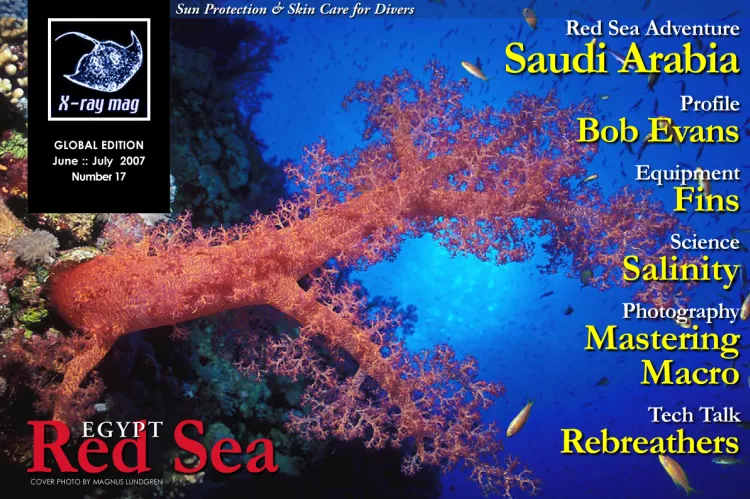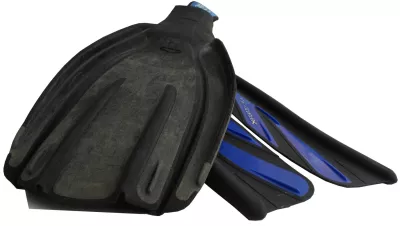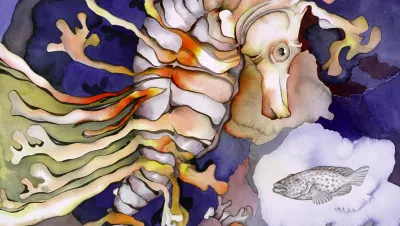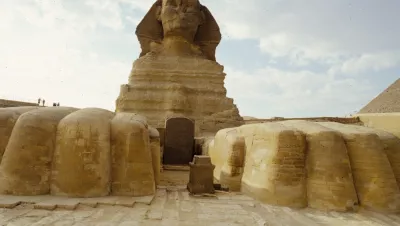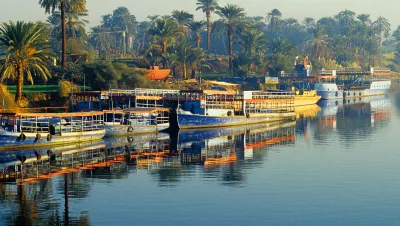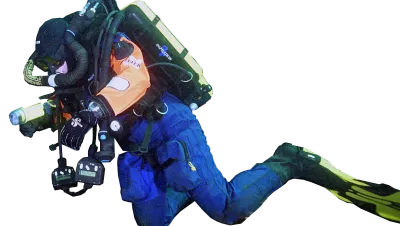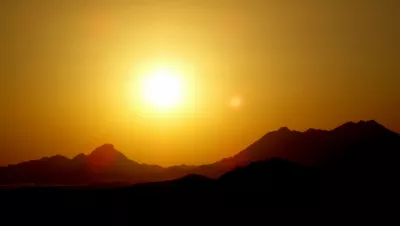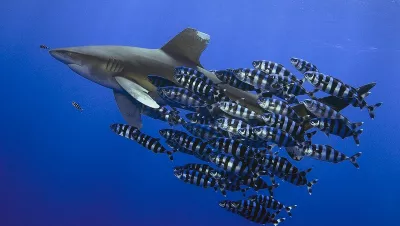Our talks with Bob Evans were just full of good ole plain fun, with lots of laughs and entertaining anecdotes, yet serious and focused on the subject. From the first impression, he was open, welcoming and very conversational. Inventor of the legendary Force Fin, multiple award-winner and industry legend with a long list of merits to his credit Bob Evans is obviously both multi-facetted and multi-talented and impossible to fit into any of the usual stereotypes boxes. Here are some of his thoughts on the connection between shape and function.
- Log in to post comments

